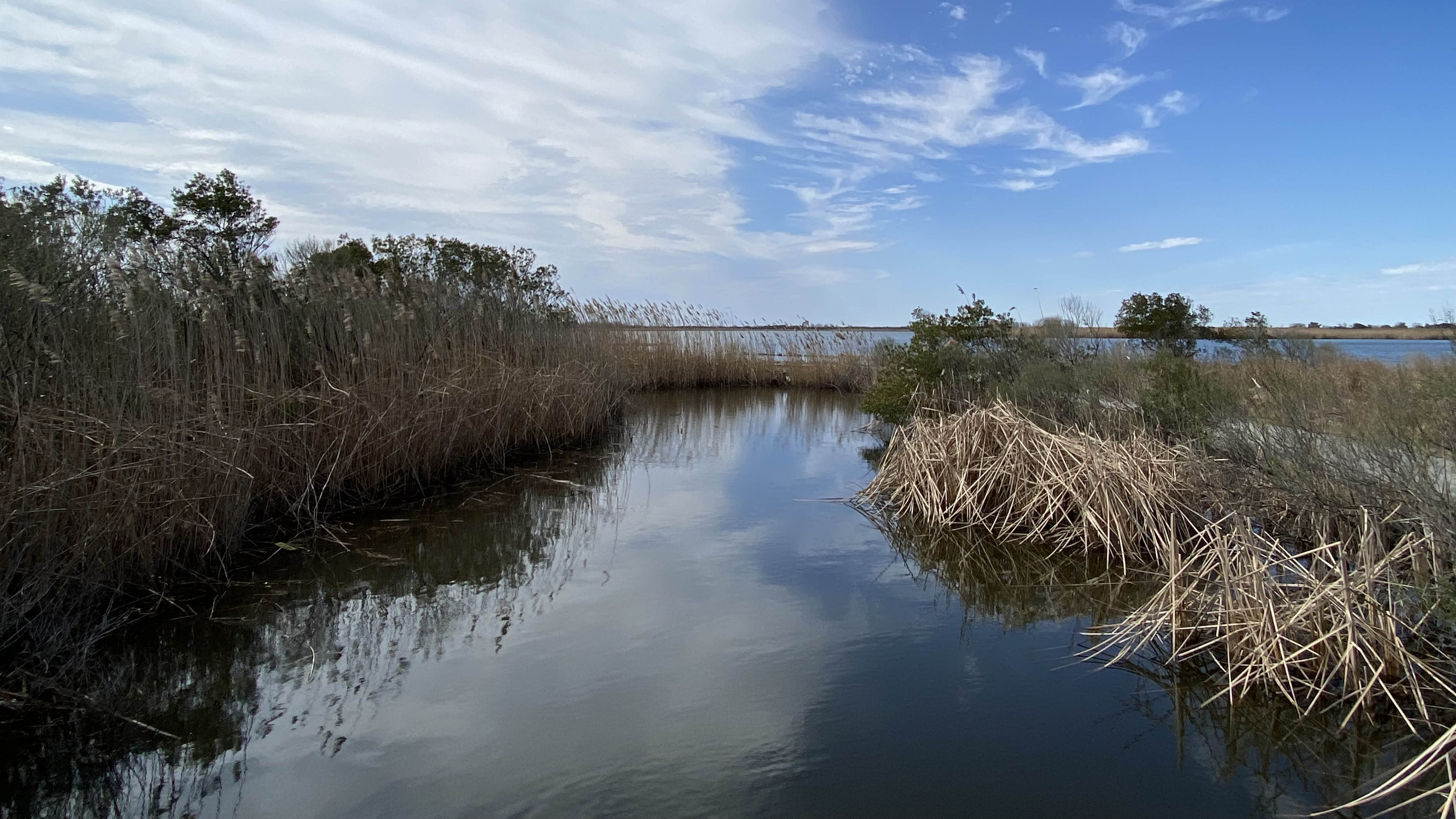Virginia is home to about 1 million acres of wetlands, from Chesapeake Bay marshes to the Great Dismal Swamp to Blue Ridge fens. After last week’s Supreme Court ruling in Sackett v. EPA, many of them are no longer protected under the Clean Water Act.
Michael and Chantell Sackett sued the Environmental Protection Agency after they were told a soggy property they’d purchased to build a house constituted “waters of the United States,” and any unpermitted development was illegal.
All nine justices agreed with the Sacketts that their property is not “waters of the United States.” And five justices, led in an opinion by Justice Samuel Alito, held that the Clean Water Act only protects “wetlands with a continuous surface connection to bodies that are ‘waters of the United States.’”
In his concurring opinion, Justice Brett Kavanaugh was critical of the Supreme Court’s decision. He wrote that the new standard, which doesn’t cover wetlands without an obvious surface connection to protected waters, could threaten culturally and economically important water bodies like the Chesapeake Bay.
“Federal protection of the Chesapeake Bay might be less effective if fill can be dumped into wetlands that are adjacent to (but not adjoining) the bay and its covered tributaries,” Kavanaugh wrote.
Previously, waters within a “significant nexus” of a covered body were included, due to the interconnected nature of water systems above and below ground level.
Jon Meuller, vice president of litigation at the Chesapeake Bay Foundation, said the outlook for Bay protection following Sackett is unclear. He described the Clean Water Act as a floor — a way to bring states up to a standard.
“Now, a big chunk of that floor has been removed, and it's up to the states to fill in that gap,” Meuller said “And those that don't want to, won't. So what we'll see is inconsistent application of wetland science across the United States.”
But in Virginia, the floor is much higher: All wetlands are protected by state law, including the noncontinuous ones now excluded from the CWA.
Virginia’s definition of protected waters is straightforward: “‘State waters’ means all water, on the surface and under the ground, wholly or partially within or bordering the Commonwealth or within its jurisdiction, including wetlands.”
State code says permitted work on wetlands must result in “no net loss” of existing wetlands and their functions. Permittees may create new wetlands or buy mitigation bank credits to make up for any that were filled in.
Peggy Sanner, president of CBF’s Virginia chapter, said Virginia is “fortunate” to have those measures on the books, and to have an experienced state agency in the Department of Environmental Quality.
However, Virginia has geography to worry about as well.
“We have often said Virginia is on the receiving end of all of the waterways in the 64,000-square-mile watershed,” Sanner said.
Not all states with tributaries that flow into the Bay have strict state regulations like Virginia. Sanner said West Virginia and Delaware follow the now-changed federal definition, leaving their noncontinuous wetlands subject to development without environmental review.
“The work to restore the Bay is, in some ways, work to restore the entire watershed,” she said.
Virginia Attorney General Jason Miyares signed on to an amicus brief filed by his West Virginia counterpart, Patrick Morrissey, supporting the Sacketts in the case. The brief argued the justices should “free the States and the public” from the “regulatory murkiness” of legal precedent that has led to stricter definitions of covered waters over time.
When asked about Chesapeake Bay protection concerns, Youngkin spokesperson Macaulay Porter wrote, “Virginia already has expansive protections for wetlands that exceed EPA protections. Additionally, the administration has made historic investments in the conservation and resiliency of the Chesapeake Bay."
Youngkin fully funded statewide agricultural pollution control programs and included additional funding for clean water programs in his amendments to the state budget. Lawmakers have yet to act on the budget.




